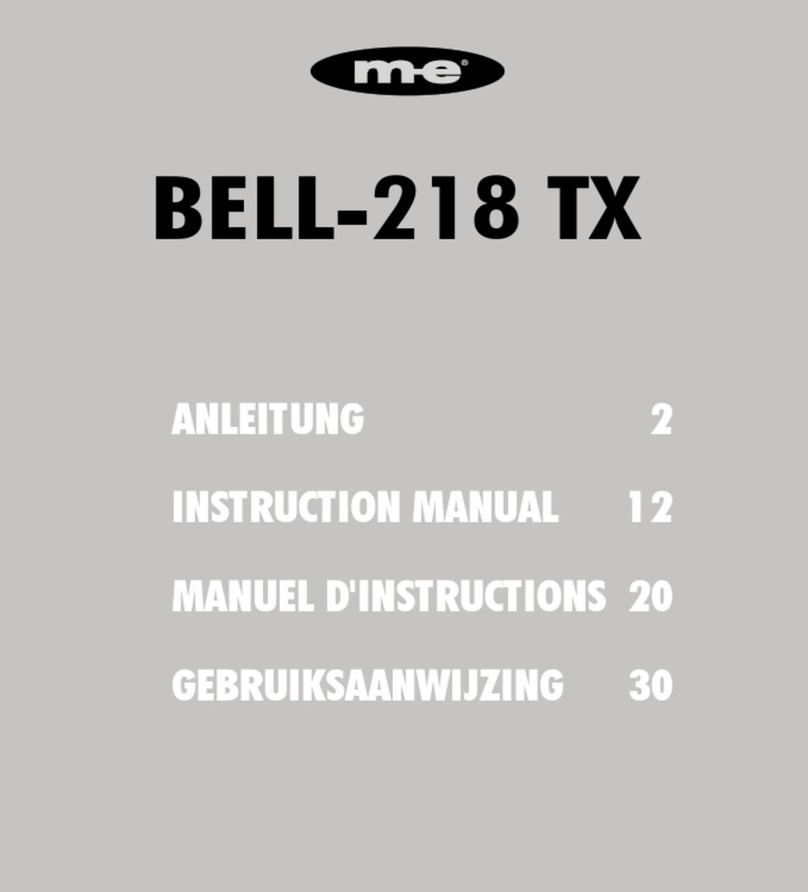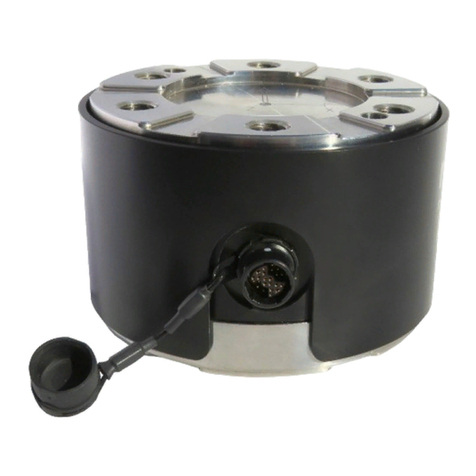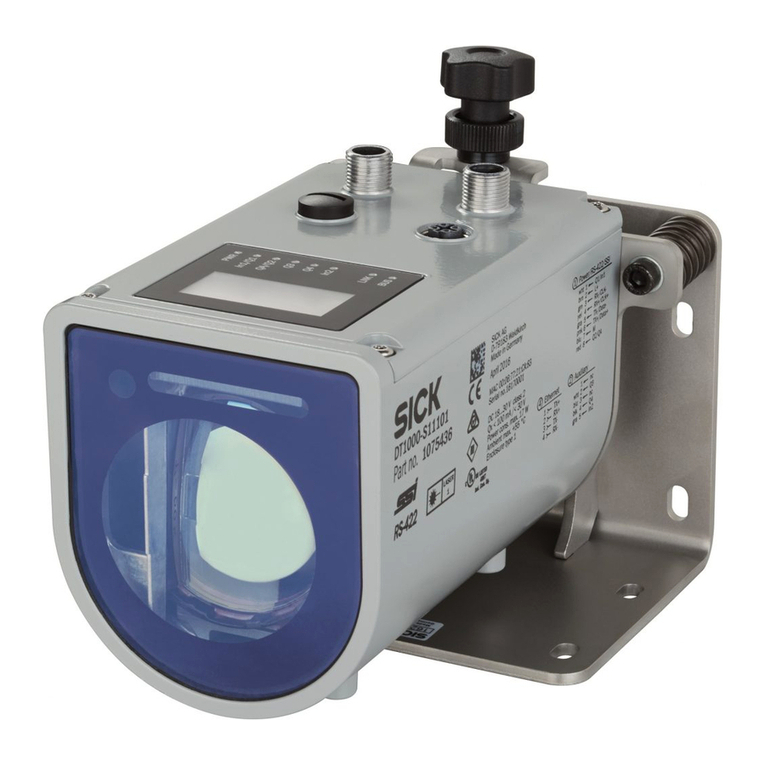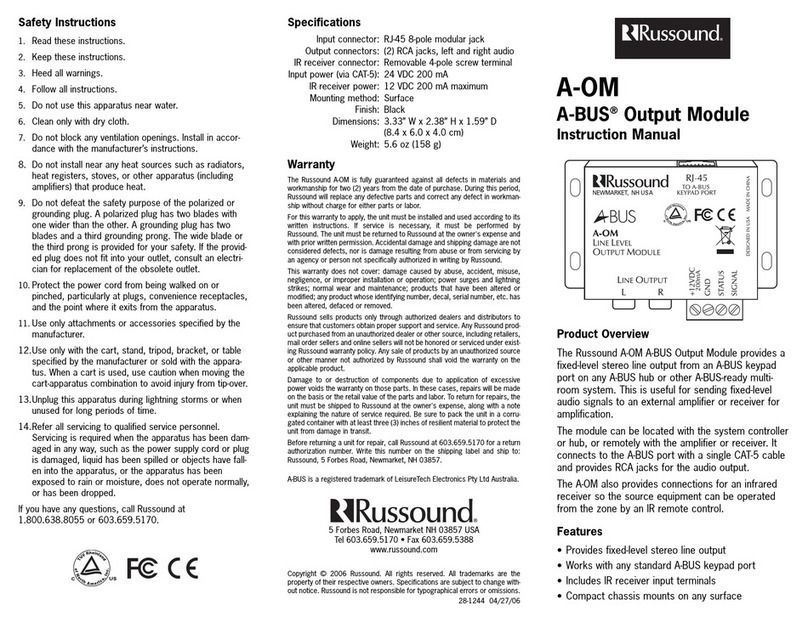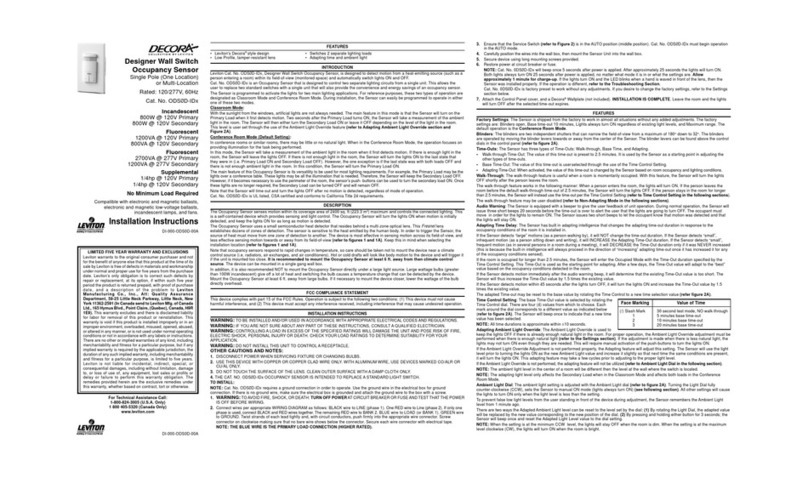Me inertialSENSOR ACC5703 User manual

MICRO-EPSILON MESSTECHNIK GmbH & Co. KG
Königbacher Str. 15 · 94496 Ortenburg / Germany
Tel. +49 (0) 8542 / 168-0 · Fax +49 (0) 8542 / 168-90
ACC5703
Operating Instructions
inertialSENSOR ACC5703

MICRO-EPSILON
MESSTECHNIK
GmbH & Co. KG
Königbacher Strasse 15
94496 Ortenburg / Germany
Tel. +49 (0) 8542 / 168-0
Fax +49 (0) 8542 / 168-90
e-mail [email protected]
www.micro-epsilon.com
3-axes acceleration sensor

ACC5703
Contents
1. Safety ........................................................................................................................................ 5
1.1 Symbols Used ................................................................................................................................................. 5
1.2 Warnings.......................................................................................................................................................... 5
1.3 Notes on CE Marking ...................................................................................................................................... 6
1.4 Intended Use ................................................................................................................................................... 6
1.5 Proper Environment......................................................................................................................................... 7
2. Functional Principle, Technical Data ...................................................................................... 8
2.1 Functional Principle ........................................................................................................................................ 8
2.2 Structure and Electrical Connection................................................................................................................ 8
2.3 Technical Data ................................................................................................................................................. 9
3. Delivery .................................................................................................................................. 12
3.1 Unpacking, Included in Delivery.................................................................................................................... 12
3.2 Storage ......................................................................................................................................................... 12
4. Installation and Assembly...................................................................................................... 13
4.1 Sensor Cable Assembly ................................................................................................................................ 13
4.2 Sensor Assembly........................................................................................................................................... 13
4.3 Pin Assignment.............................................................................................................................................. 15
4.4 Current and Voltage Output .......................................................................................................................... 15
4.4.1 Continuous Operation Mode........................................................................................................ 16
4.4.2 Switching Operation Mode........................................................................................................... 17
4.5 Configuration of Sampling Rate and Low- and High-pass Filter .................................................................. 19
4.6 Digital Output RS485 ..................................................................................................................................... 20
5. Operation ................................................................................................................................ 21
6. Liability for Material Defects ................................................................................................. 21
7. Service, Repair ...................................................................................................................... 22
8. Decommissioning, Disposal ................................................................................................. 22

ACC5703
Appendix
A 1 Accessories ............................................................................................................................ 23
A 2 PC Software sensorTOOL...................................................................................................... 23
A 3 Factory Settings ..................................................................................................................... 23
A 4 Digital Interface RS485 .......................................................................................................... 24
A 4.1 Hardware Interface ........................................................................................................................................ 24
A 4.2 Protocol.......................................................................................................................................................... 24
A 4.2.1 Reading Measurement Data......................................................................................................... 25
A 4.2.2 Example Transmission of a Measurement Value ......................................................................... 29

Page 5
Safety
ACC5703
1. Safety
System operation assumes knowledge of the operating instructions.
1.1 Symbols Used
The following symbols are used in these operating instructions:
Indicates a hazardous situation which, if not avoided,
may result in minor or moderate injury.
Indicates a situation that may result in property damage if not avoided.
Indicates a user action.
iIndicates a tip for users.
1.2 Warnings
Connect the power supply and the display/output device according to the safety regulations for electrical
equipment.
> Risk of injury
> Damage to or destruction of the sensor
The supply voltage must not exceed the specified limits.
> Damage to or destruction of the sensor
No sharp or heavy objects should be allowed to affect the cables. Avoid folding the cables. Do not bend
more tightly than the minimum bending radius of the cables.
> Damage or destruction of the cable, failure of the measuring device
Do not crush the cable. Protect the sensor cable against damage.
> Damage or destruction of the cable, failure of the measuring device, data loss
Ensure that the coupling nuts of the connectors are firmly tightened.
> Damage or destruction of the cable, failure of the measuring device

Page 6
Safety
ACC5703
1.3 Notes on CE Marking
The following apply to the ACC5703:
- EU Directive 2014/30/EU
- EU Directive 2011/65/EU
Products which carry the CE mark satisfy the requirements of the EU directives cited and the European
harmonized standards (EN) listed therein. The EU Declaration of Conformity is available to the responsible
authorities according to EU Directive, article 10, at:
MICRO-EPSILON MESSTECHNIK
GmbH & Co. KG
Königbacher Straße 15
94496 Ortenburg /Germany
The measuring system is designed for use in industrial environments and meets the requirements.
1.4 Intended Use
The ACC5703 is designed for use in industrial applications. It is used for
measuring acceleration
measuring vibration of manoeuvrable components
- The system must only be operated within the limits specified in the technical data, see 2.3.
- The sensor must be used in such a way that no persons are endangered or machines and other material
goods are damaged in the event of malfunction or total failure of the sensor.
- Take additional precautions for safety and damage prevention in case of safety-related applications.

Page 7
Safety
ACC5703
1.5 Proper Environment
- Protection class: 1IP 67
- Operating temperature: -40 ... +85 °C (-40 ... +185 °F)
- Storage temperature: -40 ... +85 °C (-40 ... +185 °F)
- Ambient pressure: Atmospheric pressure
1) With M12 connector

Page 8
Functional Principle, Technical Data
ACC5703
2. Functional Principle, Technical Data
2.1 Functional Principle
With the principle of an acceleration sensor, forces that change the velocity of an object are measured and
transformed into an electric output signal.
Therefore the sensor is mounted on the maneuverable component. The expected moves correspond to the
measurement axes. The included MEMS-Element converts the acceleration into a usable electric signal.
-z
+z -x
+x
-y
+y
Fig. 1 Three axes acceleration sensor
2.2 Structure and Electrical Connection
The sensor is ready for operation immediately after connecting the power supply and will provide the accel-
eration as electric value at the analog output.
The ACC5703 is available with analog (current, voltage and switching output) as well as RS485 interface for
configuring of the sensor using the software.
Power supply and signal output are connected through a 8-contact (M12) connector on the sensor’s housing.

Page 9
Functional Principle, Technical Data
ACC5703
2.3 Technical Data
Model ACC5703-8
Number of axes 3
Measuring range ± 0 g … ± 8 g (configurable)
Resolution Digital 0.016 mg
Analog Current: < 0.24 mg / voltage < 0.31 mg
Noise Typ. 30 µg / √Hz
Sensitivity
(analog output)
Current < 4 mA/g
Voltage < 1 V/g
Zero 12 mA or 2.5 V
Linearity Typ. 0.45 % FSO
Frequency range 0 ... 1000 Hz (configurable)
Sampling rate Up to 4 kHz
Cross axis sensitivity 1 % FSO
Temperature stability Typ. ± 0.2 mg / K
Supply voltage 5 … 32 VDC
Power consumption < 3 W
Temperature range Operation -40 … +85 °C (-40 ... +185 °F)
Storage -40 … +85 °C (-40 ... +185 °F)
Digital interface RS485
Analog output Current 4 … 20 mA (max. 390 Ω)
Voltage 0.5 … 4.5 V (min. 1 KΩ)
Switching output 0 / 5 V (min. 1 KΩ)
Protection class IP 67 (plugged state)

Page 10
Functional Principle, Technical Data
ACC5703
Model ACC5703-8
Shock DIN EN 60068-2-27
(1500 g, 0.5 ms, half-sine shock, 3 x in each direction)
Weight Approx. 250 g
Material Die-cast aluminum
Installation Screw connection via mounting holes (M4)
Connection M12 connector, 8-pin
Start-up time < 500 ms
FSO = Full Scale Output
All specifications valid at a room temperature of +25 °C (+77 °F)
Article designation
ACC 5703 -8 -SA -U/I
Output
U = voltage 0.5 ... 4.5 V,
I = current 4 ... 20 mA,
switching output 0 / 5 V
Connection:
SA = axial plug
Measuring range in g
High Performance acceleration sensor

Page 11
Functional Principle, Technical Data
ACC5703
Response time
Sampling frequency [Hz] Time [ms]
4000 0.88
2000 1.25
1000 2.03
500 3.51
250 6.52
125 12.59
62.5 24.43
31.25 47.84
15.625 96.5
7.813 189.83
3.906 384.56
Fig. 2 Table response time

Page 12
Delivery
ACC5703
3. Delivery
3.1 Unpacking, Included in Delivery
1 Sensor ACC5703
1 Operating Instructions
Carefully remove the components of the measuring system from the packaging and ensure that the
goods are forwarded in such a way that no damage can occur.
Check the delivery for completeness and shipping damage immediately after unpacking.
If there is damage or parts are missing, immediately contact the manufacturer or supplier.
Optional accessories are available in the appendix, see A 1.
3.2 Storage
Storage temperature: -40 ... +85 °C (-40 ... +185 °F)
Humidity: 5 - 95 % (non-condensing)

Page 13
Installation and Assembly
ACC5703
4. Installation and Assembly
4.1 Sensor Cable Assembly
No sharp or heavy objects should be allowed to affect the cables. Avoid folding the cables. Do not bend
more tightly than the minimum bending radius of the cables.
> Damage or destruction of the cable, failure of the measuring device
Do not crush the cable. Protect the sensor cable against damage.
> Damage or destruction of the cable, failure of the measuring device
Ensure that the coupling nuts of the connectors are firmly tightened.
> Damage or destruction of the cable, failure of the measuring device
4.2 Sensor Assembly
The sensor is fixed into place with the help of two through bores for M4 screws.
The sensor is mounted at the manoeuvrable component. The orientation of the measurement axes x, y, z is to
be respected in relation to the expected moves of the component.
-z
+z -x
+x
-y
+y
Fig. 3 Installation orientation, measurement axis

Page 14
Installation and Assembly
ACC5703
12 (.47)
53 (2.09)
5.5 (.22)
5.5 (.22)
12 (.47) 76 (2.99)
12.5 (.49)
6 (.24)
24 (.94)
26.5 (1.04)
Mounting holes
for M4 screws
Fig. 4 Dimensional drawing, dimensions in mm (inches), not to scale

Page 15
Installation and Assembly
ACC5703
4.3 Pin Assignment
Connect the open cable end in accordance with the color coding, see Fig. 5.
Pin 1Color 2Description
2
3
48
5
67
1
45 °
1 White Output channel 2
2 Brown GND (Output)
3 Green Output channel 3
4 Yellow RS485+
5 Gray Output channel 1
6 Black/pink GND (Supply)
7 Blue RS485-
8 Red Supply + View of solder pin side, 8-pin,
A-coded, female connector
Fig. 5 Pin assignment of the 8-pin, A-coded, female connector
1) - SA - Connector
2) PCx/8-M12 Power supply and output cable, see A 1.
4.4 Current and Voltage Output
The sensor makes the acceleration value available as analog output variable either as current or voltage
value on separate pins.
Three output channels can be configured independently with the following settings.
Each output channel can be operated in continuous operation mode or switching operation mode.
Sensor
Versorgungsspannung 5 - 32 V
Analogausgangskanal 1
Analogausgangskanal 2
Digitalausgang RS485
Analogausgangskanal 3
Fig. 6 Current and voltage output

Page 16
Installation and Assembly
ACC5703
Selection of measurement axis (x, y, z) at every channel possible
Off (zero output)
Continuous mode, current 4 - 20 mA
Continuous mode, voltage 0.5 - 4.5 V
Switching mode, voltage 0 - 5 V
Fig. 7 Operation modes of the analog output channels
4.4.1 Continuous Operation Mode
The sensor makes the acceleration value available as analog output variable either as current or voltage
value on separate pins, depending on the configuration using the software tool of Micro-Epsilon.
In this process, the symmetrical measurement range in the unit g is scaled to the respective analog range.
The sensitivity increases with decreasing measurement range as only a small acceleration range is scaled to
the same output range, see Fig. 8, see Fig. 9.
8
12
4
6
16
20
10
14
18
Current in mA
Acceleration in g
-2 g
-4 g
-8 g
0 g +2 g
+4 g
+8 g
0
0.5
1
2
3
4
5
1.5
2.5
3.5
4.5
Voltage in V
Acceleration in g
-2 g
-4 g
-8 g
0 g +2 g
+4 g
+8 g
Fig. 8 Scaling of the acceleration measurement range to analog output variable current or voltage

Page 17
Installation and Assembly
ACC5703
Range digital [g] Resolution digital
RS485 [mg]
Resolution analog
current [mg]
Resolution analog
voltage [mg]
Sensitivity analog
current [mA/g]
Sensitivity analog
voltage s[V/g]
±2 0.004 0.06 0.076 4.0 1.0
±4 0.008 0.12 0.15 2.0 0.5
±8 0.016 0.24 0.31 1.0 0.25
Fig. 9 Examples of resolution (mg) and sensitivity (mA/g) depending on the configured measurement range
4.4.2 Switching Operation Mode
The switching mode, configurable via Software, switches the analog voltage output to 5 V when the acceleration value reaches
the trigger-level “on-level” and switches back to 0 V when the acceleration value falls below the “off-level”.
Selection of measurement axis (x, y, z) (vector addition (xy, xz, yz, xyz) (x 2+y2 + z 2)possible at every channel)
On-level [g] Switching hysteresis
Off-level [g] Rise- / Fall-time < 10 μs
Edge triggered (switching when reaching the level considering the minimum hold time, see Fig. 13)
Edge triggered with delay (switching after specified time during which the level is reached permanently)
Fig. 10 Settings of switching mode
That functionality can be used, for example, as safety feature which switches off a machine if high vibrations occur. The trigger-
levels take effect symmetrically, i.e. in the positive and negative acceleration range at the same absolute value, see Fig. 11.
The output values at the digital interface in switching mode are either zero or equal to the “on-level” as long as the trigger condi-
tion is met.
The duration of the rising and falling edge is t < 10 μs, see Fig. 12.
Two different modes are selectable:
- Edge triggered, i.e. immediate switching when reaching the trigger-level.
- Edge triggered with delay, i.e. switching after specified time during which the trigger-level is reached permanently.
The minimum hold time of the switching status depends on the selected sampling rate, see Fig. 13.

Page 18
Installation and Assembly
ACC5703
0
0.5
1
2
3
4
5
1.5
2.5
3.5
4.5
Voltage in V
Acceleration in g
-2 g
-4 g
-8 g
0 g +2 g
+4 g
+8 g
on-level off-level off-level on-level
Fig. 11 Hysteresis of the trigger-levels in switching
operation
Voltage in V
t in µs
0
5
0
0.5
1
1.5
2.5
3.5
4.5
2
3
4
5 10 15 20 25 30 35 40 45 50
Trigger
Trigger
Fig. 12 Rising and falling edge of the voltage output in
switching mode, t < 10 µs
Sampling rate (Hz) Minimum hold time of
switching status (ms)
4000 25
2000 25
1000 25
500 26
250 28
125 32
62.5 32
31.25 32
15.625 64
7.8125 128
3.90625 256
Fig. 13 Minimum hold time of the switching status

Page 19
Installation and Assembly
ACC5703
4.5 Configuration of Sampling Rate and Low- and High-pass Filter
Parameters, like sampling rate or filter frequencies, are adaptable in a wide range in order to match the re-
spective application.
The high-pass is configured to reduce influences of low frequencies especially to hide earth acceleration. The
low-pass is configured to hide disturbances at high frequency.
Amplitude in g
Frequency in Hz
1
1Highpass to hide earth acceleration
2 Lowpass to hide disturbances
2
Fig. 14 Configuration of filter to reduce influences

Page 20
Installation and Assembly
ACC5703
Different low-pass filter settings, see Fig. 15, cause the sampling rate to change respectively. The chosen low-
pass frequencies furthermore have influence on the available high-pass filter options.
Low-pass f LP [Hz]
(configurable)
Sampling rate [Hz] High-pass f HP [Hz]
(optional, configurable)
1000 4000 10.00952 … 9.88
500 2000 10.00476 … 4.94
250 1000 0.00238 … 2.47
125 500 0.00119 … 1.235
62.5 250 0.000595 … 0.6175
31.25 125 0.0002975 … 0.30875
15.625 62.5 0.00014875 … 0.154375
7.813 31.25 7.4375e-5 … 0.0771875
3.906 15.625 3.71875e-5 … 0.03859
1.953 7.813 1.859e-5 … 0.0193
0.977 3.906 9.296e-6 … 0.009648
Fig. 15 Table dependency between sampling rate and low- and high-pass settings
1) Digital interface RS485 is enabled only up to 1000 Hz sampling rate. At higher rates only the analog output
is active.
4.6 Digital Output RS485
You can read out the measured data in digital form using the RS485 interface in a sampling rate up 1000 Hz.
For higher sampling rates only the analog operation is possible. The PC software sensorTool, see A 2,
permits configuration of the sensor and the visualization of the measured data, see A 1. The bus protocol
required to read out the measured data in your own applications is described in the appendix, see A 4.
Additionally, you can use the IF1032/ETH interface converter by MICRO-EPSILON MESSTECHNIK GmbH &
Co. KG, to read out the measured data via Ethernet.
Table of contents
Other Me Accessories manuals
Popular Accessories manuals by other brands

Honeywell Home
Honeywell Home RDWL915W2000 Installation and operation guide
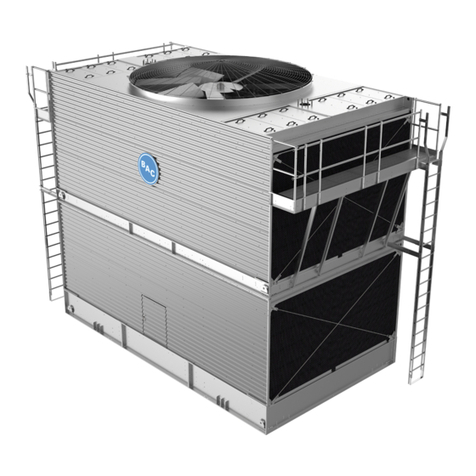
Baltimore Aircoil Company
Baltimore Aircoil Company 3000 Series Operating and maintenance instructions

Cresta
Cresta KTS 969X instruction manual
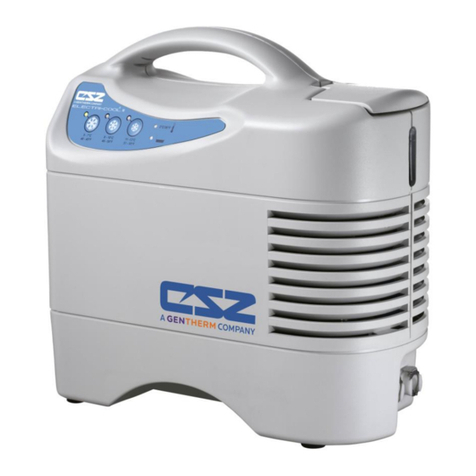
CSZ
CSZ ELECTRI-COOL II Operation and technical manual
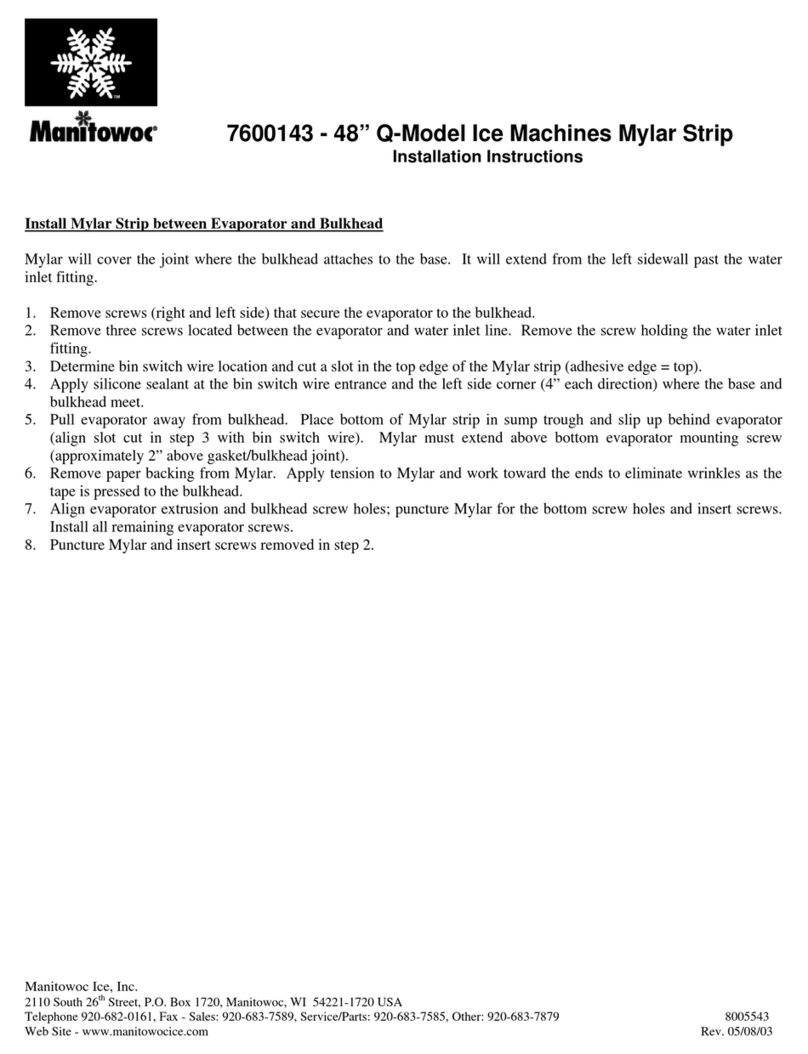
Manitowoc
Manitowoc 7600143 installation instructions

PEERLESS
PEERLESS N/A installation instructions
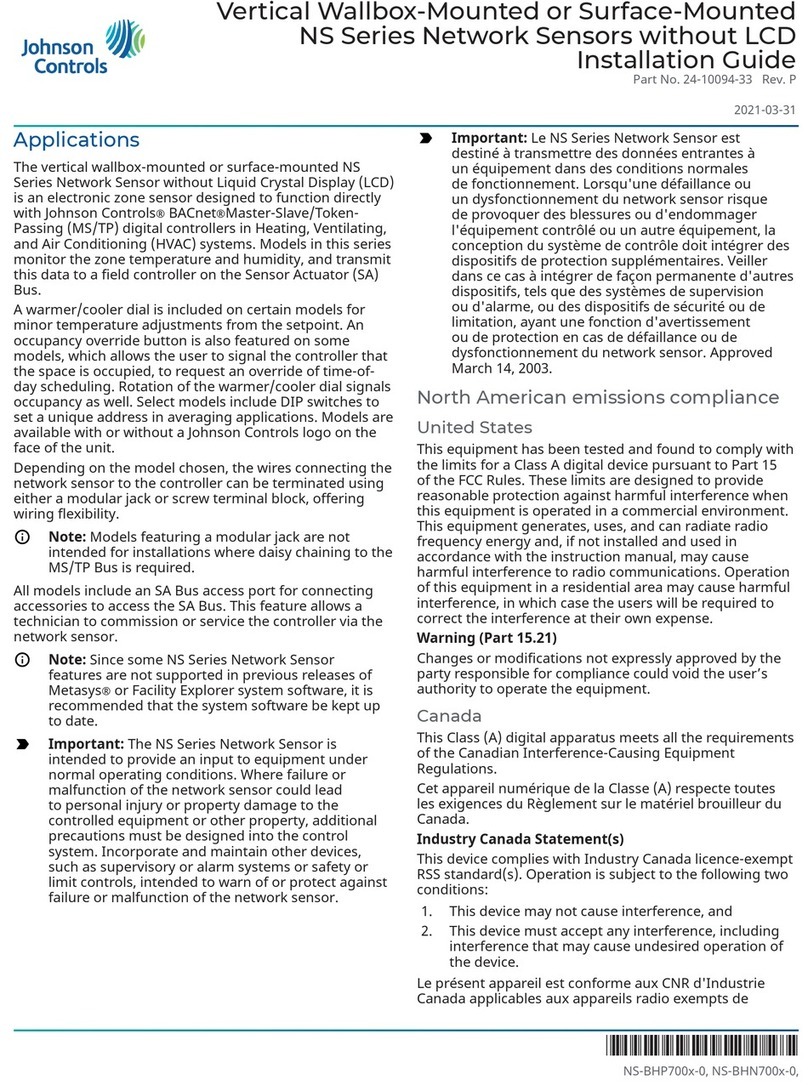
Johnson Controls
Johnson Controls NS Series installation guide
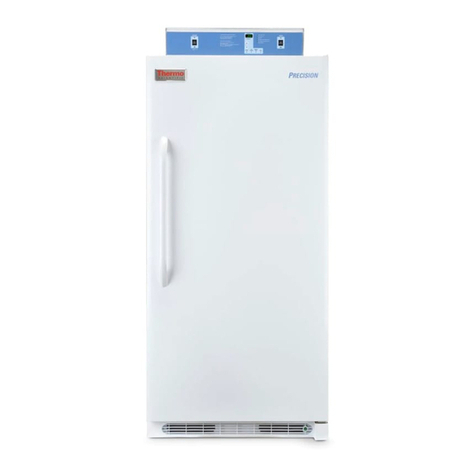
Thermo Electron
Thermo Electron 815 Service manual
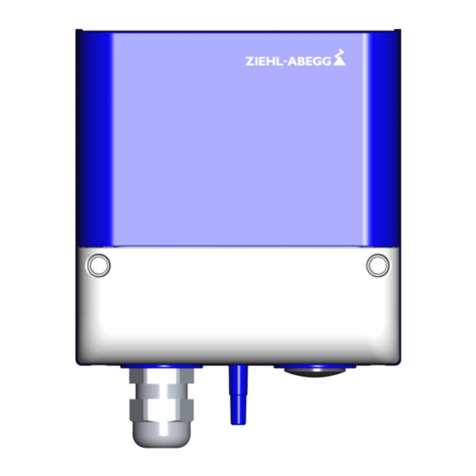
ZIEHL-ABEGG
ZIEHL-ABEGG MPG-V Series operating instructions
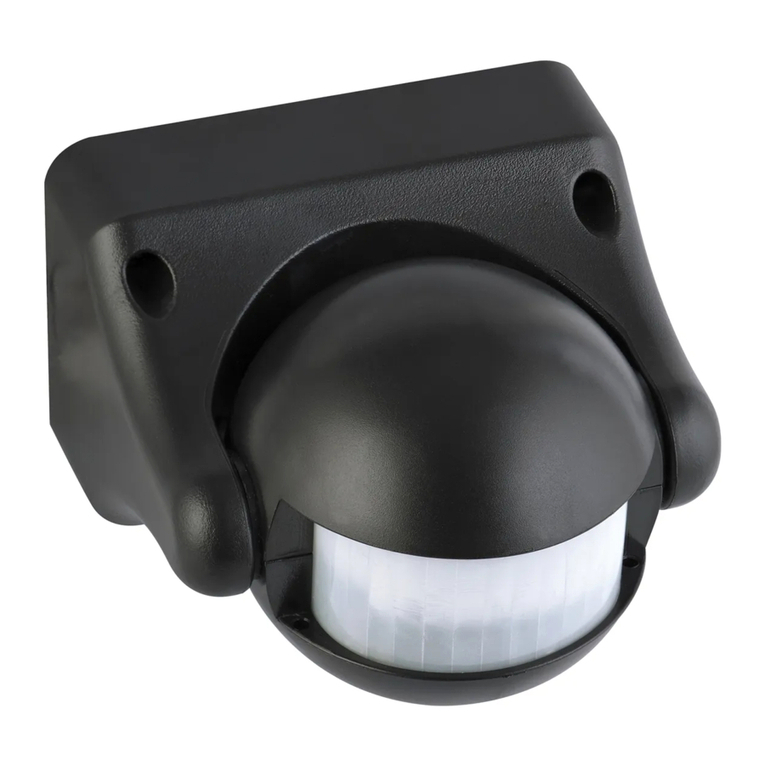
Arlec
Arlec MAL343 Series 2 installation guide
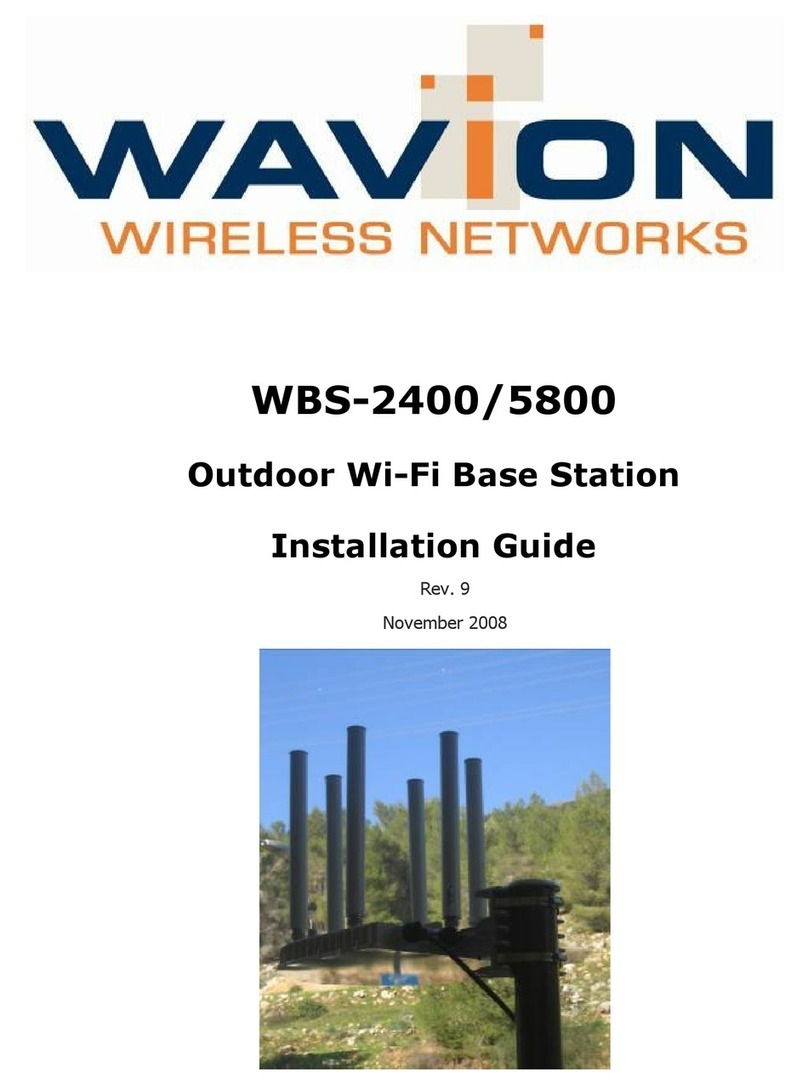
Wavion
Wavion WBS-2400 SCT 120 installation guide

Geostar
Geostar ASTON SERIES installation manual

